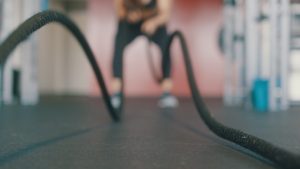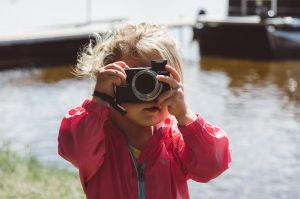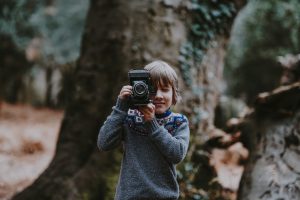Photography not only can be explored as a student but as a teacher. The new curriculum and wave of educational reform that has begun in the last five years caused a new grading system to match. The new grading system that has emerged is the proficiency scale and within this the idea of using a portfolio. In the time of technology, this has never been easier for teachers. They can snap pictures of students’ work, take videos of them practicing a skill and take pictures of students’ progression throughout the year. Curating these portfolios is a way to justify the grades given to the students on the proficiency scale. Having concrete photographic evidence can help parents grasp the new system of no letter grades and hopefully show a progression over time. It lessens the chance of losing the cumbersome paper versions of portfolios of 20 plus students and can be easily shared with parents and administration.
 vs
vs 
Below is a video about the pros of portfolios as an assessment. It does not address the use of photography and video, but it is certainly another medium that can be used in portfolio making.
https://www.youtube.com/watch?v=sacuuqjHPXo (video on portfolio making)
Capturing those organic moments in the classroom that a concrete paper and pen can not, can be a window into the classroom for parents. Allowing for another medium of expression for kids and a more low stakes form of assessment through photography in the video allows for the endless opportunity for both student and teacher.
FreshGrade is a new grading app that allows for a teacher to have everything in one place. FreshGrade has many different avenues that teachers can use to connect to their students and parents, grade and assess students, and finally, communicate with students. This app is completely customizable to each teacher and how they wish to use it. You can customize what type of assessment you are using, and how you wish grades (or lack of grades) to be displayed. Within the assessment area, you can create portfolios, and use photography and video taken by the students or by
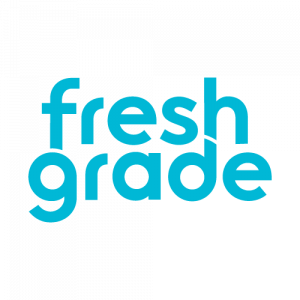
you as the teacher to be evidence towards a particular grade. These videos and pictures can also show the student and parent their growth throughout the year. Connected to assessment is the live grade book that teachers can use so that parents can always see how their student is doing. Finally, there is a chat feature that allows for communication between the teacher, students, and parents. This Communication can allow for important clarification on projects, grades, or progress. Overall, FreshGrade is a simple and all-in-one way to grade and access your students at the click of a few buttons.
Is there any better way to capture a moment in time than with a photo?
We have all looked back at old snapshots and videos and remarked at just how much we’ve changed. Whether consciously or not, most individuals are well versed in the use of photography as a tool for self-reflection. When we are able to recognize the value of this as educators- and apply it to our teaching practice- multiple parties benefit.
To elaborate, creating portfolios of photos and videos of student achievement through the year is a great way to document progress. Young children especially have a characteristic lack of self-awareness, so may be able to better pick out areas to improve upon if they see a video or photo of themself completing a certain task.
This can be especially beneficial in subject areas that do not “leave a paper trail” through other projects or areas of assessment. Take Phys. Ed, for example. Snapping photos of children completing yoga positions allow for their skills to be 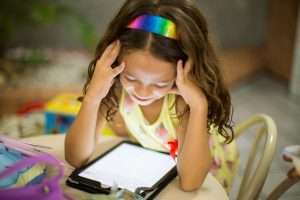 presented back to them. Assigning students with the task of analyzing their positioning as presented in a photo will enable them to realize how their efforts are perceived by others. As students progress through a unit, guided by photo-reflections, they will be able to alter their form adjust accordingly.
presented back to them. Assigning students with the task of analyzing their positioning as presented in a photo will enable them to realize how their efforts are perceived by others. As students progress through a unit, guided by photo-reflections, they will be able to alter their form adjust accordingly.
All things considered, self reflection can be highly beneficial for advancing students while in the midst of their learning. In addition, looking back at a task progression as documented in photos will enable students to see how far they have come. This can be very empowering, as it will prove to a discouraged child that they are capable of growth.
Incorporating self-reflection is an important way to maximize student learning. Photography is a great avenue by which to achieve this, as it increases self-awareness and creates accurate skill documentation.
-Katie, Lauren M, Alexa
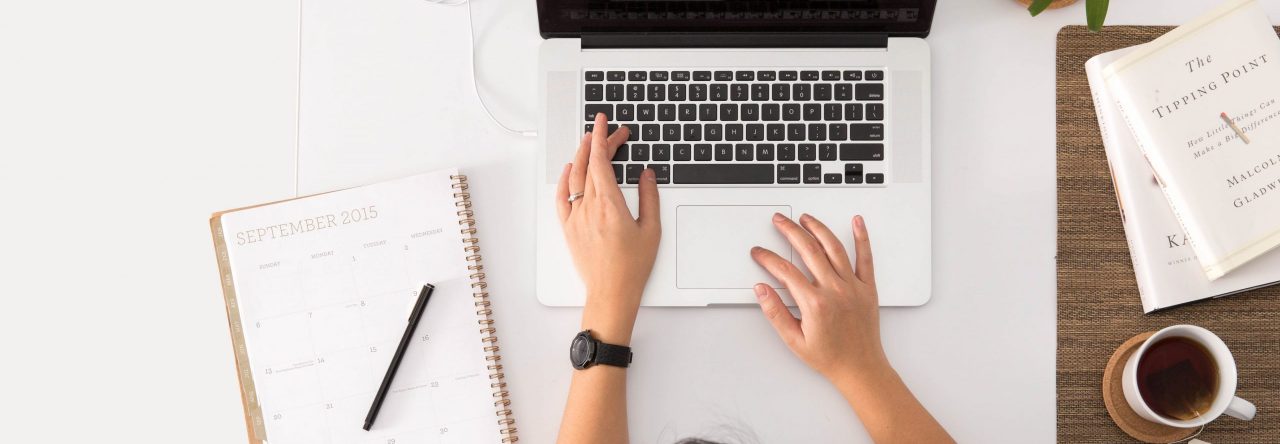
 After the images were captured they were printed and hung up around the school as a homage to the history of their city. This project was created to help spur a natural desire to learn about history. Students who participated were excited about learning about the history of these places and about history in general after doing this project.
After the images were captured they were printed and hung up around the school as a homage to the history of their city. This project was created to help spur a natural desire to learn about history. Students who participated were excited about learning about the history of these places and about history in general after doing this project. 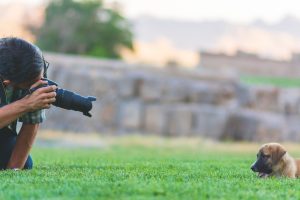 photographs of aspects from their daily lives that held importance to them. Granting children the right to handle and use cameras showed respect for their capabilities- the students rose to the occasion and no cameras were lost or damaged.
photographs of aspects from their daily lives that held importance to them. Granting children the right to handle and use cameras showed respect for their capabilities- the students rose to the occasion and no cameras were lost or damaged.  vs
vs 

 presented back to them. Assigning students with the task of analyzing their positioning as presented in a photo will enable them to realize how their efforts are perceived by others. As students progress through a unit, guided by photo-reflections, they will be able to alter their form adjust accordingly.
presented back to them. Assigning students with the task of analyzing their positioning as presented in a photo will enable them to realize how their efforts are perceived by others. As students progress through a unit, guided by photo-reflections, they will be able to alter their form adjust accordingly.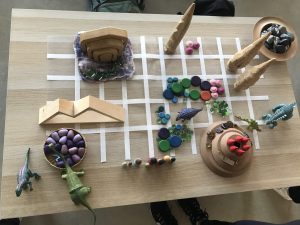
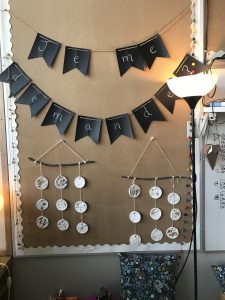
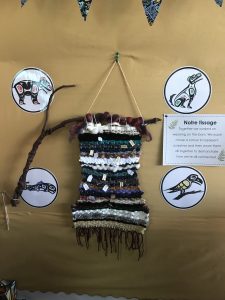 s she built her practice. I really liked this idea. She continued by explaining the inquiry steps starting with a guided inquiry and ending in free inquiry. She breaks the school year into trimesters and has a different level of inquiry with a different topic in each term. This instantly reminded me of my elementary school where we utilized a Scottish style of teaching called Storyline. I actually did my free inquiry project on it last term. Within this we had three different topics of inquiry throughout the year. It was always a decided topic such as a point in history or a book. Topic wise it stayed within guided inquiry but in the things that we did there were many sources of free inquiry.
s she built her practice. I really liked this idea. She continued by explaining the inquiry steps starting with a guided inquiry and ending in free inquiry. She breaks the school year into trimesters and has a different level of inquiry with a different topic in each term. This instantly reminded me of my elementary school where we utilized a Scottish style of teaching called Storyline. I actually did my free inquiry project on it last term. Within this we had three different topics of inquiry throughout the year. It was always a decided topic such as a point in history or a book. Topic wise it stayed within guided inquiry but in the things that we did there were many sources of free inquiry.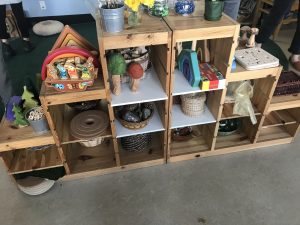
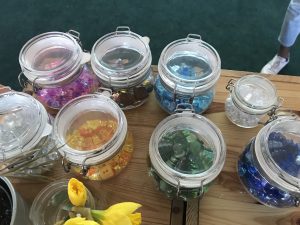 inquisitive stage of their life. It felt like it molded seamlessly with the curriculum and their abilities. I will definitely try to implement parts of it in my classroom and will try to make my classroom look as beautiful as hers.
inquisitive stage of their life. It felt like it molded seamlessly with the curriculum and their abilities. I will definitely try to implement parts of it in my classroom and will try to make my classroom look as beautiful as hers.